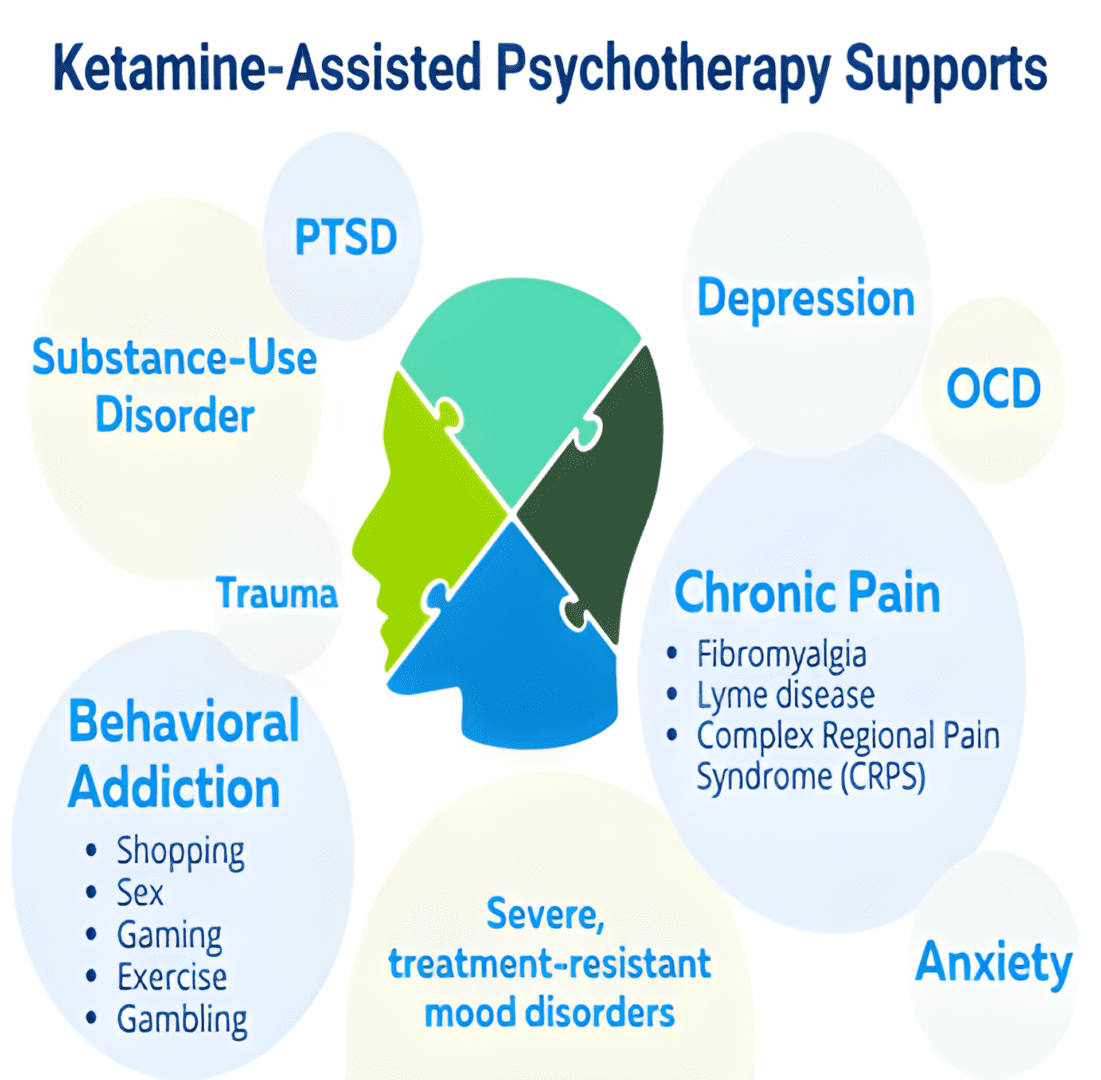Compounding is the process of combining two or more substances to create a new substance that is greater than the sum of its parts. In the case of ketamine therapy, compounding involves combining ketamine with other medications, supplements, or therapies to enhance its therapeutic effects. At AZ Compounding our main goal is to help patients achieve better outcomes and experience greater relief from their symptoms. Examples of compounding in ketamine therapy include combining it with psychotherapy and using intranasal ketamine. Intranasal ketamine has a faster onset of action and shorter duration of effect compared to other forms of ketamine, making it more convenient for patients.

Ketamine Therapy
Ketamine therapy can be administered in several ways, including:
1) Intravenous (IV) infusion: This is the most common method of administering ketamine therapy. The drug is delivered through a small tube inserted into a vein in the patient’s arm. IV infusion allows for precise dosing and rapid onset of action.
2) Intramuscular (IM) injection: Ketamine can be injected into a large muscle, such as the thigh or buttock. This method of administration is less precise than IV infusion, but it can be useful for patients who cannot tolerate IV therapy.
3) Intranasal spray: Ketamine can be delivered through a nasal spray. This method is less invasive than IV infusion or IM injection and can be self-administered by patients at home.
4) Sublingual tablets or lozenges: Ketamine can be formulated into tablets or lozenges that dissolve under the tongue. This method is also less invasive than IV infusion or IM injection and can be self-administered by patients at home. The method of administration used for ketamine therapy will depend on a variety of factors, including the patient’s medical history, the condition being treated, and the goals of therapy.



